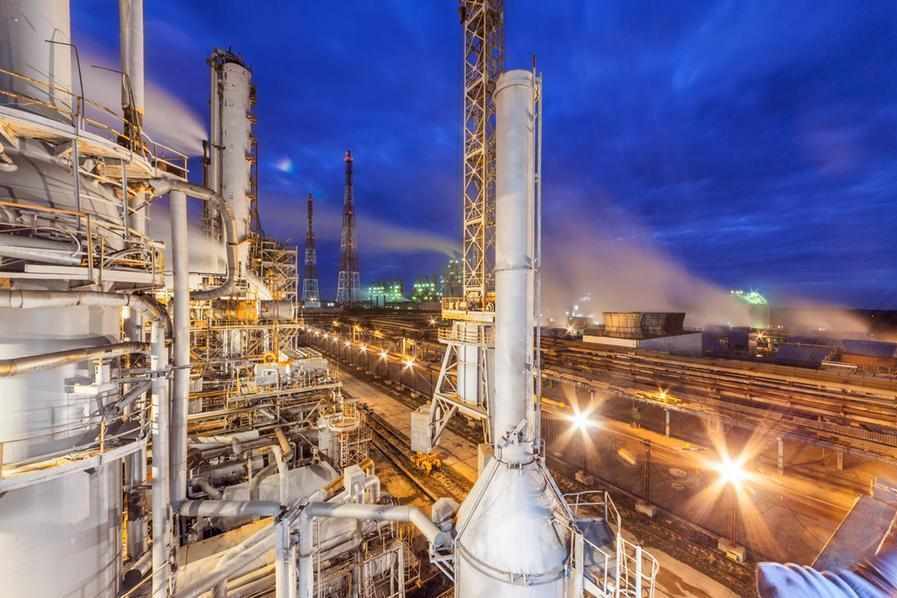The United Arab Emirates (UAE) and Japan are joining forces to develop a new ammonia production facility with a focus on reducing carbon emissions. The project, a collaboration between TA'ZIZ (a subsidiary of the Abu Dhabi National Oil Company or ADNOC), Mitsui & Co. (a major Japanese trading firm), Fertiglobe (an Emirati-Omani fertilizer company), and South Korea's GS Energy Corporation, will see the construction of a plant in Al Ruwais, UAE, with production slated to begin in 2027.
The facility is designed to produce one million tons of ammonia annually, with the key difference being a lower carbon footprint compared to traditional ammonia production methods. To achieve this, the plant will incorporate carbon capture and storage technologies, aiming for the production of "clean ammonia" by 2030. Clean ammonia refers to ammonia produced with significantly reduced greenhouse gas emissions throughout the manufacturing process.
Ammonia is a versatile industrial compound used in various applications, including fertilizers, refrigeration systems, and increasingly as a potential future fuel source, particularly in the maritime shipping industry. The UAE, a major oil and gas producer, is keen to explore and develop lower-carbon alternatives for its energy sector. This project aligns with that goal while also solidifying its position as a key player in the global ammonia market.
For Japan, the world's largest ammonia importer, the project offers a secure and potentially cleaner source of this crucial commodity. Mitsui, which has secured offtake rights for a portion of the produced ammonia, plans to supply it to markets in Japan and across Asia. The agreement also includes a financing component, with Japan Bank for International Cooperation (JBIC) signing a loan agreement with Mitsui to support the project's development.
The collaboration between the UAE and Japan on this ammonia plant signifies a growing trend in the global energy sector. Countries are increasingly seeking partnerships to develop and implement new technologies that can reduce emissions and ensure a more sustainable energy future. This project is a prime example of such international cooperation, bringing together expertise from multiple countries to address a critical challenge in the fight against climate change.
The success of this initiative could pave the way for further advancements in clean ammonia production and pave the path for a future where this versatile compound can contribute to a greener global economy.

